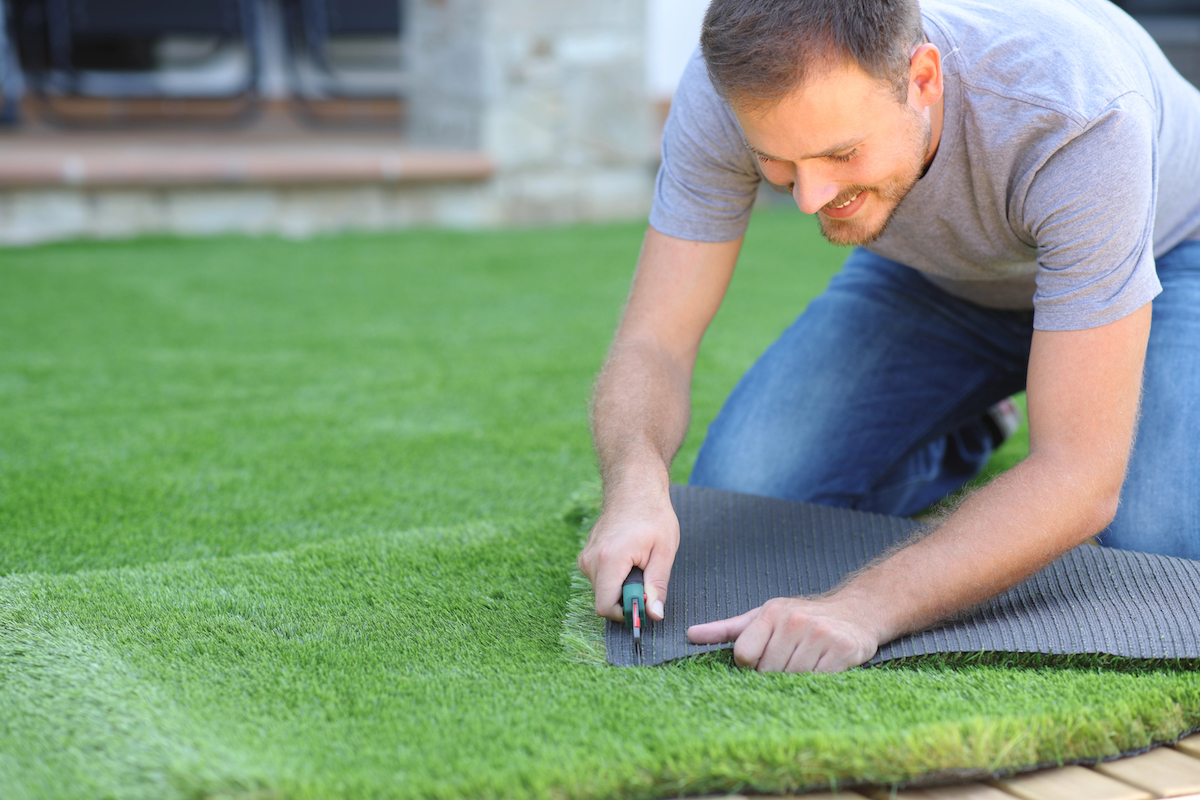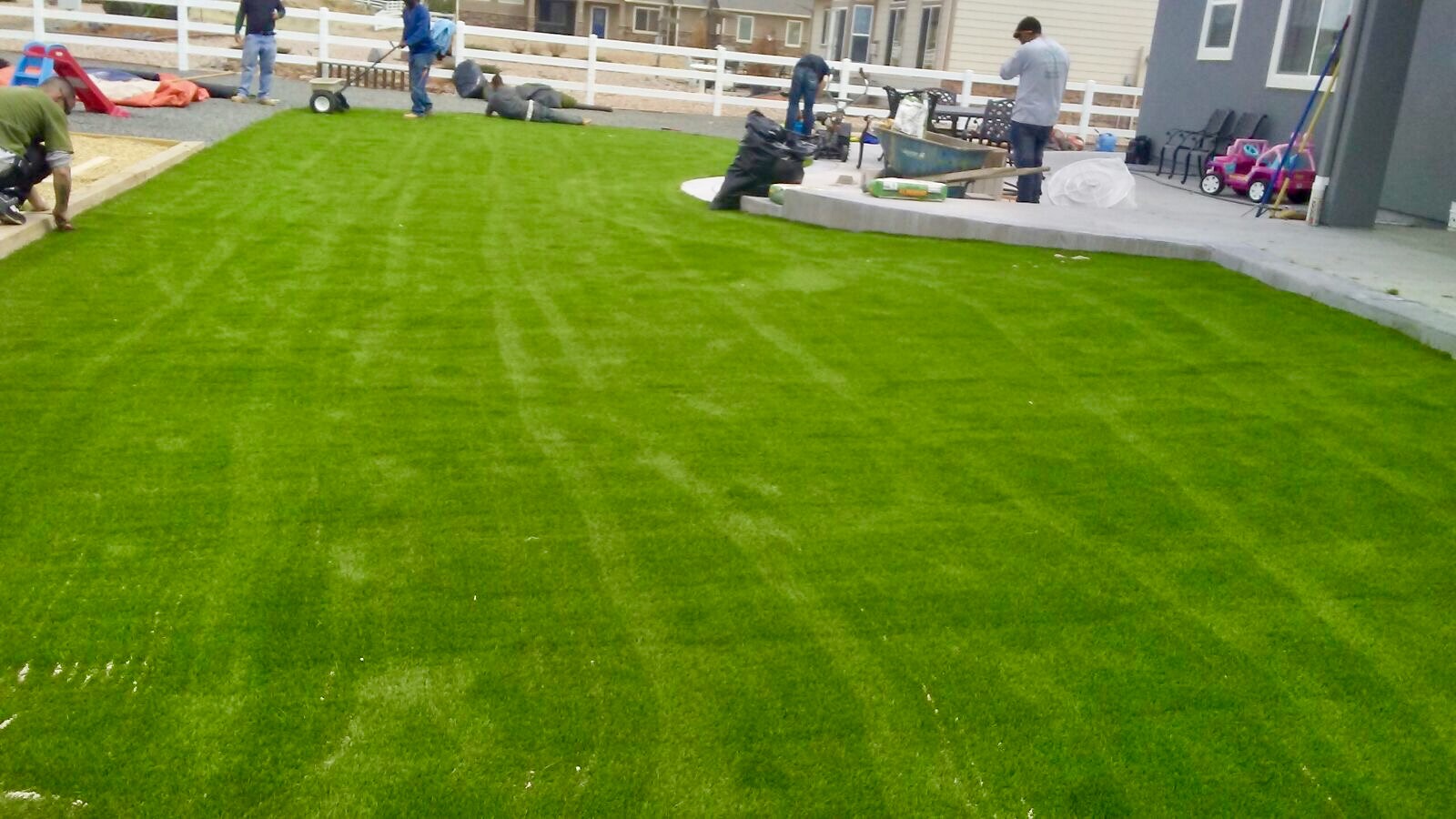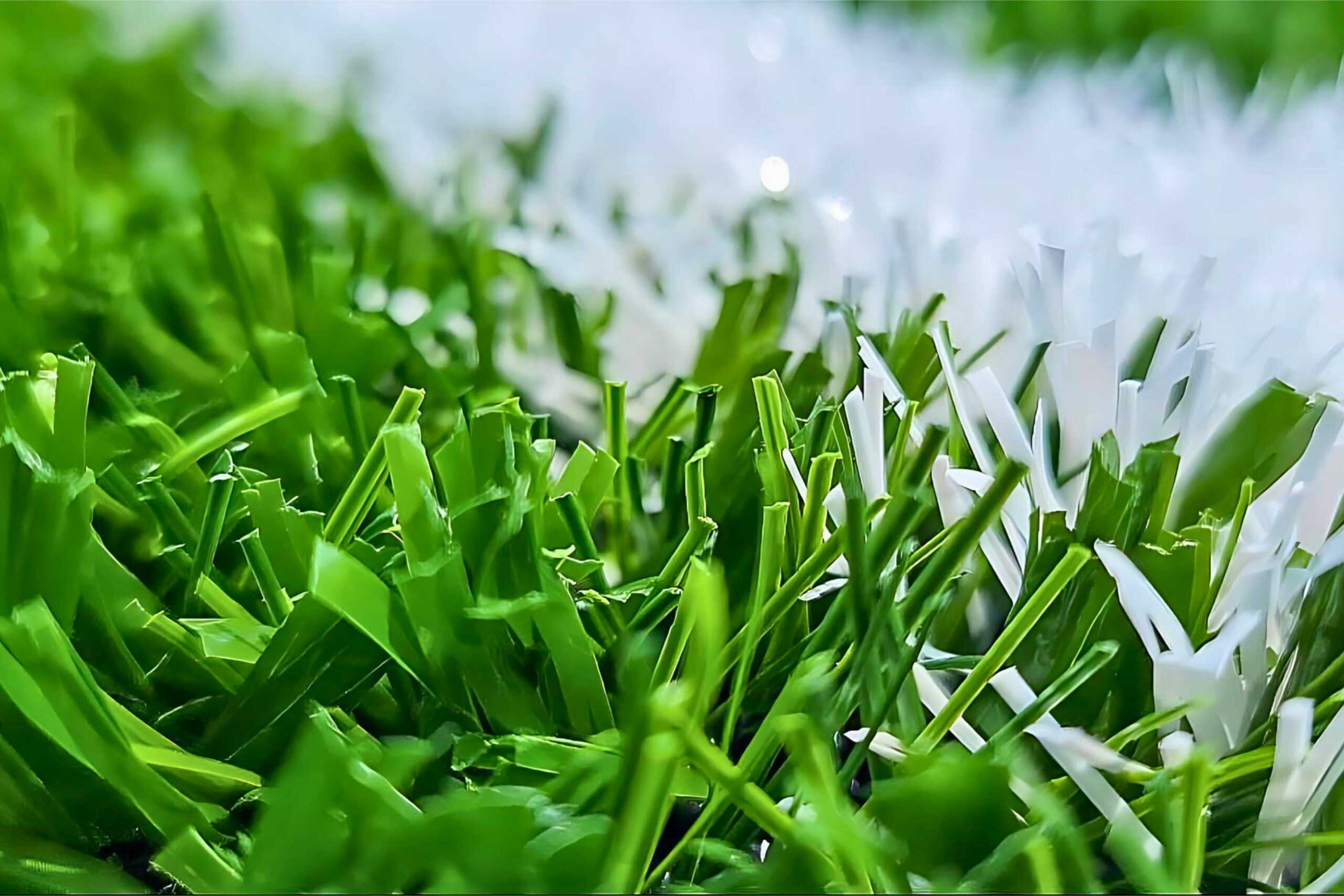Highly-Ranked Phoenix Turf Companies Providing Synthetic Grass Solutions
Highly-Ranked Phoenix Turf Companies Providing Synthetic Grass Solutions
Blog Article
Look Into the Environmental Perks of Opting for Synthetic Grass Solutions
The fostering of synthetic grass remedies provides an engaging opportunity to address pushing environmental challenges. By significantly lowering water usage and decreasing the application of harmful chemicals, these alternatives not just advertise lasting landscape design yet also secure regional ecological communities. The reduced carbon impact associated with reduced upkeep tasks contributes to a much more sustainable approach to land management. Nonetheless, the effects of these benefits prolong beyond plain preservation efforts, questioning about their long-term effect on environment conservation and general environmental balance. Checking out these measurements discloses an intricate interplay worth taking into consideration.
Water Conservation Benefits
Among the most substantial advantages of synthetic grass is its ability to conserve water. Typical lawn lawns call for significant irrigation, particularly in areas susceptible to drought or water limitations. In comparison, synthetic grass does not require watering, significantly reducing the total demand for water resources. This feature is specifically valuable in dry regions where water shortage is a pushing problem.
By getting rid of the need for regular watering, fabricated lawn contributes to sustainable landscape methods and helps minimize the environmental influence of too much water usage. Additionally, the preservation of water includes the reduction of runoff, which can lead to dirt disintegration and waterway air pollution.
Additionally, the setup of man-made turf permits districts and property owners to allocate water resources a lot more successfully, concentrating on important usages such as drinking water and agriculture. The change in the direction of fabricated turf not only promotes responsible water use yet also aligns with broader ecological objectives targeted at maintaining natural deposits.
As areas significantly focus on sustainability, the water conservation benefits of fabricated grass offer a compelling situation for its adoption in business and domestic landscape design tasks.
Reduced Chemical Use
The shift to fabricated turf significantly reduces the reliance on chemical therapies frequently used in natural lawn upkeep. Conventional grass monitoring normally involves the application of pesticides, plant foods, and herbicides to advertise development and control pests. These chemicals can pose dangers to human wellness, regional wildlife, and the atmosphere, contributing to soil and water contamination.
In comparison, man-made lawn removes the requirement for these hazardous compounds. By reducing the release of synthetic substances right into the ecosystem, artificial lawn advertises much healthier dirt and water systems.
In addition, the lack of chemical overflow related to synthetic grass installments aids shield regional rivers from pollution, sustaining aquatic life and keeping biodiversity. Phoenix turf companies. As communities increasingly prioritize lasting techniques, going with synthetic grass presents a practical remedy that lines up with ecological conservation objectives. Through this shift, homeowner can appreciate lush eco-friendly rooms without jeopardizing eco-friendly health and wellness, leading the way for a more lasting future
Reduced Carbon Footprint

Furthermore, the installment of synthetic grass can lead to significant water preservation. Natural lawns need considerable quantities view it now of water for irrigation, which not just includes in the carbon impact connected with water extraction and therapy but likewise stress local water resources. In contrast, artificial turf needs very little upkeep, needing no watering, therefore significantly lowering water use and its associated energy prices.
Furthermore, the long life of synthetic grass adds to its lower carbon impact. With a lifespan of approximately 15 years or even more, the need for frequent replacements is lessened, leading to much less waste and lower power intake in manufacturing and throwing away typical lawn options. In general, synthetic grass provides a lasting choice for ecologically conscious landscape design.
Environment Conservation
Environment conservation is a vital factor to consider in the dispute over landscaping choices, specifically when comparing synthetic grass to all-natural grass. Natural turf yards often call for substantial upkeep, including using plant foods, pesticides, and herbicides, which can adversely influence neighborhood communities. These chemicals can leach into the soil and rivers, damaging indigenous vegetation and animals and interrupting neighborhood habitats.
In comparison, synthetic lawn provides a chance to minimize the eco-friendly footprint of landscaping. By opting for artificial grass, house owners can reduce the disturbance of all-natural environments connected with conventional grass care practices. Man-made lawn eliminates the need for hazardous chemicals, consequently shielding nearby wild animals and maintaining the stability of surrounding ecological communities. Furthermore, the installation of synthetic grass can cause the conversion of former grass areas right into more biodiverse landscapes, such as pollinator yards or indigenous plant areas, which can sustain neighborhood great post to read wildlife.
Inevitably, the transition to synthetic grass not just saves water and minimizes upkeep efforts but likewise promotes a more unified partnership in between human activities and the natural surroundings, promoting habitat conservation while doing so.
Long-Term Sustainability
Long-lasting sustainability is a vital aspect in examining the benefits of synthetic grass over standard lawn lawns. One of the most considerable advantages of artificial lawn is its toughness; it can last as much as 15-20 years with marginal upkeep, whereas all-natural grass calls for frequent reseeding and substitute. This durability reduces the requirement for consistent visit this website sources, such as water, fertilizers, and chemicals, which are essential for keeping a healthy turf lawn.
Furthermore, man-made grass contributes to a decrease in carbon exhausts related to grass care equipment. Typical yards commonly require gas-powered lawn mowers, trimmers, and blowers, every one of which add to air pollution. Arizona artificial turf. In contrast, synthetic grass eliminates the need for such devices, advertising a cleaner setting
Additionally, the manufacturing of man-made grass increasingly utilizes recycled products, boosting its sustainability profile. As producers adopt environmentally friendly methods, the ecological impact of fabricated lawn proceeds to diminish.

Conclusion
The fostering of synthetic grass remedies offers substantial environmental advantages, including substantial water conservation, lowered reliance on unsafe chemicals, and a reduced carbon impact. Man-made turf aids in protecting natural habitats by lessening land disturbance and advertising lasting sustainability through the use of resilient products. Collectively, these elements underscore the potential of fabricated grass to add positively to environmental wellness and use a practical option to standard landscaping practices in a progressively resource-conscious world.
In contrast, man-made turf does not require watering, significantly reducing the general need for water resources. By minimizing the release of artificial substances into the ecosystem, synthetic turf advertises much healthier dirt and water systems.
Moreover, the installment of synthetic grass can result in substantial water preservation. In comparison, artificial grass needs very little maintenance, calling for no watering, therefore substantially lowering water use and its linked power expenses.

Report this page